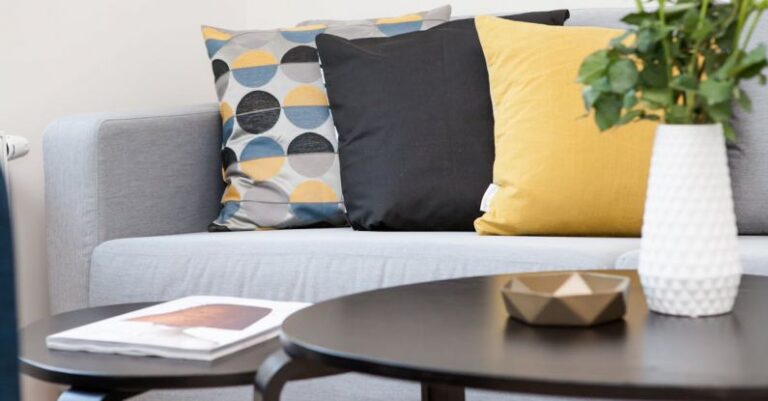What’s the Best Way to Refurbish Old Furniture?

Reviving Old Treasures: The Art of Refurbishing Old Furniture
Old furniture holds a certain charm and character that new pieces often lack. Whether it’s a vintage find from a thrift store or a hand-me-down from a relative, refurbishing old furniture can breathe new life into these pieces and add a unique touch to your home decor. But what is the best way to refurbish old furniture to ensure it looks its best and lasts for years to come? Let’s explore some tips and techniques for giving your old furniture a fresh new look.
Choosing the Right Piece
Before diving into the refurbishing process, it’s essential to choose the right piece of furniture to work on. Look for pieces that are structurally sound and made of high-quality materials. Solid wood furniture is often the best candidate for refurbishing, as it can be sanded down and refinished multiple times without losing its integrity. Avoid pieces that are too damaged or beyond repair, as they may require more extensive work than you’re willing to invest.
Prepping the Surface
The key to a successful furniture refurbishing project is in the preparation. Start by thoroughly cleaning the piece to remove any dirt, grime, or old finishes. Use a mild soap and water solution to clean the surface, and then allow it to dry completely before moving on to the next step. If the piece has any existing paint or finish that needs to be removed, consider using a chemical stripper or sanding it down to bare wood.
Sanding and Repairing
Once the surface is clean and free of any existing finishes, it’s time to sand down the piece to create a smooth and even surface for painting or staining. Start with a coarse-grit sandpaper to remove any imperfections or rough spots, then gradually move to finer grits to achieve a polished finish. Pay special attention to any dents, scratches, or dings, and use wood filler to repair any damaged areas before sanding.
Choosing a Finish
When it comes to finishing your refurbished furniture, the options are endless. Painting is a popular choice for adding a pop of color or creating a modern look, while staining allows the natural beauty of the wood to shine through. Consider the style of the piece and the overall aesthetic of your space when choosing a finish. For a more rustic look, consider distressing the paint or stain to add character and charm.
Adding Personal Touches
One of the best parts of refurbishing old furniture is the opportunity to add your personal touch to the piece. Consider updating the hardware with new knobs or pulls to give the piece a fresh look. You can also experiment with different painting techniques, such as stenciling or decoupage, to create a one-of-a-kind design. Don’t be afraid to get creative and try out new ideas to make the piece uniquely yours.
Maintaining Your Refurbished Furniture
Once your refurbished furniture is complete, it’s essential to properly maintain it to ensure it stays looking its best for years to come. Use coasters to protect the surface from water rings and avoid placing hot items directly on the furniture. Regularly dust and clean the piece to prevent dirt and grime from building up, and consider applying a protective finish to help prolong the life of the refurbishment.
Reviving old furniture is a rewarding and creative process that allows you to breathe new life into forgotten pieces and create unique home decor. By following these tips and techniques, you can refurbish old furniture with ease and confidence, transforming it into a beautiful and functional addition to your space. So, roll up your sleeves, grab your paintbrush, and get ready to turn old treasures into new favorites.





